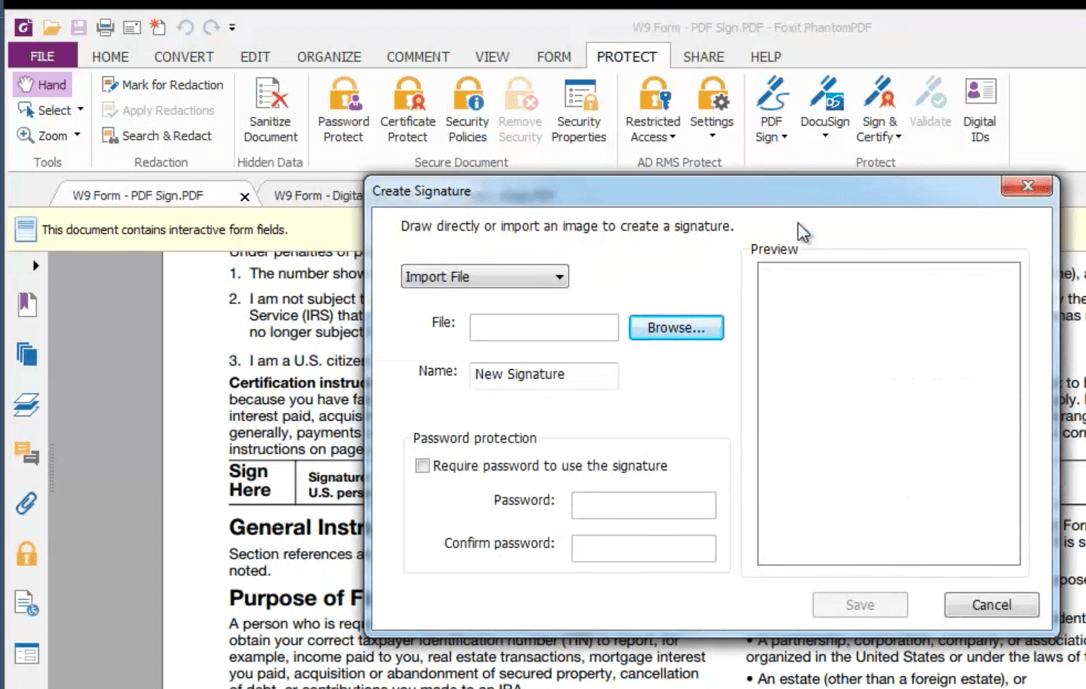
- #Run foxit editor 2.0 on windows 10 how to#
- #Run foxit editor 2.0 on windows 10 pdf#
- #Run foxit editor 2.0 on windows 10 update#
- #Run foxit editor 2.0 on windows 10 upgrade#
#Run foxit editor 2.0 on windows 10 pdf#
This Foxit software can combine, split or repackage various PDF files. Foxit PDF Editor comes in three versions to fit the diverse use cases that different users require. This is the perfect solution for home/home offices, small and medium sized businesses, and large enterprises.
Produce company collateral, finalizing agreements, applying digital signatures, or document archiving.Īward winning Foxit PDF creator allows you to produce great looking PDF document and forms quickly, affordably, and securely. You can do that for tasks such as developing personal documents, implementing workgroup collaboration, designing company forms.
#Run foxit editor 2.0 on windows 10 how to#
If you are unsure how to make any needed changes to the TPM settings, we recommend that you check your PC manufacturer’s support information or contact their support organization.Foxit PDF Editor (formerly) Foxit PhantomPDF is a business ready PDF toolkit to create professional looking PDF documents and forms. The option to enable the TPM may be labeled Security Device, Security Device Support, TPM State, AMD fTPM switch, AMD PSP fTPM, Intel PTT, or Intel Platform Trust Technology. These settings are sometimes contained in a sub-menu in the UEFI BIOS labeled Advanced, Security, or Trusted Computing.
#Run foxit editor 2.0 on windows 10 update#
You can access these settings by choosing: Settings > Update & Security > Recovery > Restart now.įrom the next screen, choose Troubleshoot > Advanced options > UEFI Firmware Settings > Restart to make the changes. If you need to enable TPM, these settings are managed via the UEFI BIOS (PC firmware) and vary based on your device.

If it is less than 2.0 your device does not meet the Windows 11 requirement. If you see a message confirming TPM is ready to use, check Specification Version under TPM Manufacturer Information to verify it is 2.0. If you are able to enable the TPM, complete the next step to verify that it is a TPM 2.0. See How to enable TPM for more information or check your PC manufacturer’s support information for instructions to enable the TPM. If you see a message saying a “Compatible TPM cannot be found,” your PC may have a TPM that is disabled. Type “tpm.msc” (do not use quotation marks) and choose OK. Option 2: Use the Microsoft Management Console If it is less than 2.0, your device does not meet the Windows 11 requirements. If you see an option for Security processor details under Security processor, select that and verify that your Specification version is 2.0. If you are able to enable a TPM, complete the next step to verify that it is a TPM 2.0. see How to enable TPM for more information or check your PC manufacturer’s support information for instructions. If you do not see a Security processor section on this screen your PC may have a TPM that is disabled.

Run Settings > Update & Security > Windows Security > Device Security Most retail PC motherboards used by people building their own PC, for example, ship with TPM turned off by default even though it is almost alwatys available to be enabled. If you are considering upgrading to Windows 11, check to ensure TPM 2.0 is enabled on your device. In some cases, PCs that are capable of running TPM 2.0 are not set up to do so. TPM 2.0 is used in Windows 11 for a number of features, including Windows Hello for identity protection and BitLocker for data protection. TPM 2.0 is required to run Windows 11, as an important building block for security-related features. Most PCs that have shipped in the last 5 years are capable of running Trusted Platform Module version 2.0 (TPM 2.0). If you are unfamiliar with this level of technical detail, we recommend that you consult your PC manufacturer’s support information for more instructions specific to your device.
#Run foxit editor 2.0 on windows 10 upgrade#
This article is intended for users who are not able to upgrade to Windows 11 because their PC is not currently enabled with TPM 2.0 or their PC is capable of running TPM 2.0 but is not set up to do so.


 0 kommentar(er)
0 kommentar(er)
